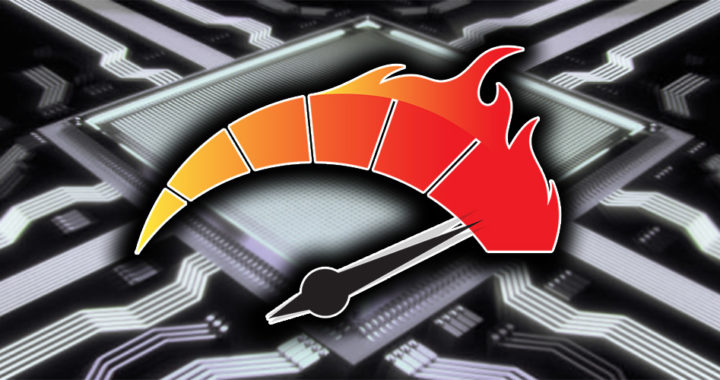Turbo Boost is the trade name used by Intel to market the specific overclocking technology and feature included in some of its enabled Intel Core processor series, including the Core i3, Core i5, Core i7, and Core i9 processors, as well as the Intel Xeon series of business-grade processors.
First introduced in a 2008 white paper, the company explained that it would incorporate the feature into the Nehalem-based processors it released in November of the same year. The underlying technology is essentially based on increasing the clock speed of the processor beyond its marked or predefined limit through redirection of power from several cores to a specific core.
More specifically, take note that multi-core processors have a predefined clock speed. However, upon the activation of Turbo Boost, the processor redirects power from the cores that are unneeded to boost the clock speed of another core beyond the predetermined limit.
The Pros and Cons
Advantages of Intel Turbo Boost Technology
A notable advantage of Turbo Boost is that it allows computers to operate beyond the marked clock speeds of their processors on demand. There is no specific process to activate the feature. It automatically kicks in when needed.
Furthermore, the technology complements power conservation. It is part of the overall power management feature of enabled Intel processors. It also allows Intel to develop competent and power-efficient processors with predefined clock speeds.
The technology is ideal for portable and battery-dependent computers such as laptops. The limited clock speed allows power conservation. The enabled processor will only consume more power depending on the resource requirements of ongoing tasks or processes.
In addition to improving battery life or promoting energy efficiency, another benefit of Turbo Boost is that it increases the lifespan of hardware components and the overall computer. Note that higher clock speeds consume more power and, thus, produce more heat.
Overheating can potentially damage hardware components. However, equipping a processor with the ability to switch back-and-forth between marked and boosted speeds prevents overheating because it gives room for automated cooldown.
Disadvantages of Intel Turbo Boost Technology
Note that the feature does not activate by default similar to the Hyper-Threading feature. To boost the clock speed, the processor needs to work under predefined power, temperature, and specification limits. It would not activate while the computer is running on power conservation mode or under high temperatures.
Turbo Boost is also fundamentally different from true overclocking, which is based on permanently boosting the clock speed. The proper term is dynamic overclock in which the feature kicks whenever the computer needs.
It is also enabled by default and can be disabled with a switch in the BIOS. However, another disadvantage is that it cannot be enabled or disabled by core because it is part of the overall processor design and technology.
Despite being a power management solution and an automated dynamic overclocking feature, Intel processors equipped with Turbo Boost technology still require a proper cooling system for it to work and prevent overheating risks.






